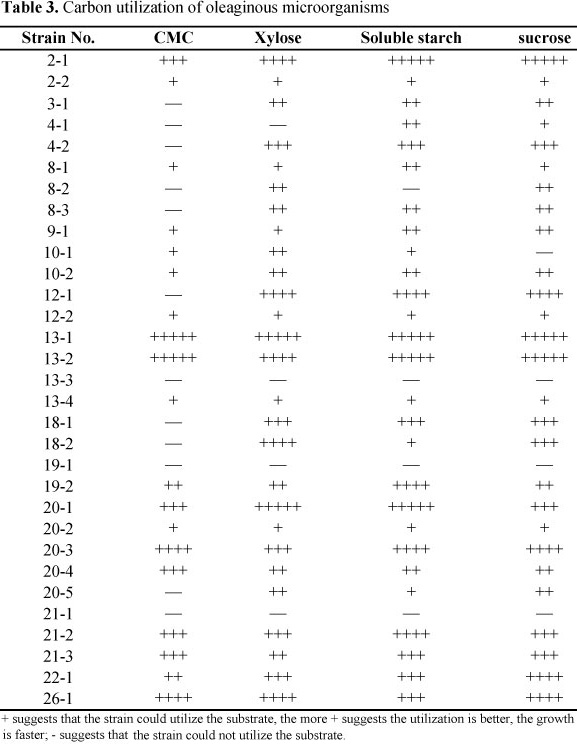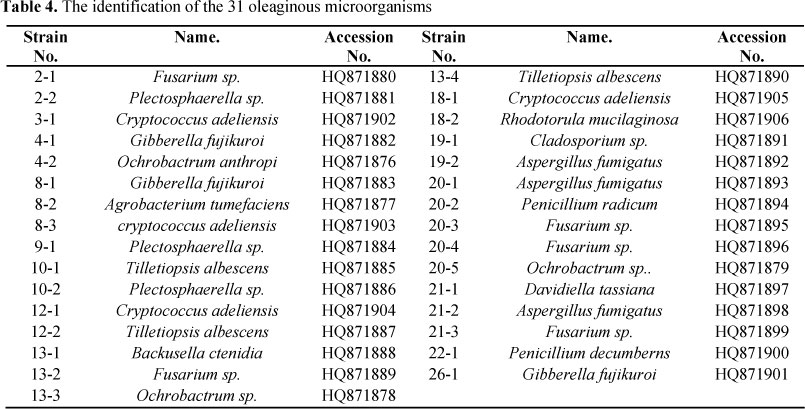Microbial lipids, which are also known as single cell oils (SCO), are produced by oleaginous microorganisms including oleaginous bacteria, yeast, fungus and algae through converting carbohydrates into lipids under certain conditions. Due to its unique environment having extremely low temperature and anoxia, the Tibetan Plateau is amongst the regions with numerous rare ecotypes such as arid desert, salt marsh, alpine permafrost, hot spring, and lawn. By using a rapid, convenient screening method, we identified 31 strains of oleaginous microorganisms from different habitats in the Tibetan Plateau, which include wetlands, lawn, hot spring, alpine permafrost, and saline-alkali soil. Molecular identity analysis showed that they belong to 15 different species, 7 of which are reported for the first time as lipid-producing microorganisms, that is, Cladosporium sp., Gibberella fujikuro, Ochrobactrum sp., Plectosphaerella sp., Tilletiopsis albescens, Backusella ctenidia, and Davidiella tassiana. The distribution of the oleaginous microorganisms varies with habitats. 11 strains were found in hot spring (35.5%), 10 in farmland (32.3%), 6 in lawn (19.4%), 2 in sand (6.4%), 1 in wetland (3.2%), and 1 in permafrost (3.2%). Carbon utilization analysis indicated that most of these filamentous fungi can use xylose and carboxymethyl cellulose (CMC) as carbon source, where Backusella ctenidia, Fusarium sp. and Gibberella fujikuroi have the strongest capability.
oleaginous microorganisms; screening; the Tibetan Plateau; biodiversity




